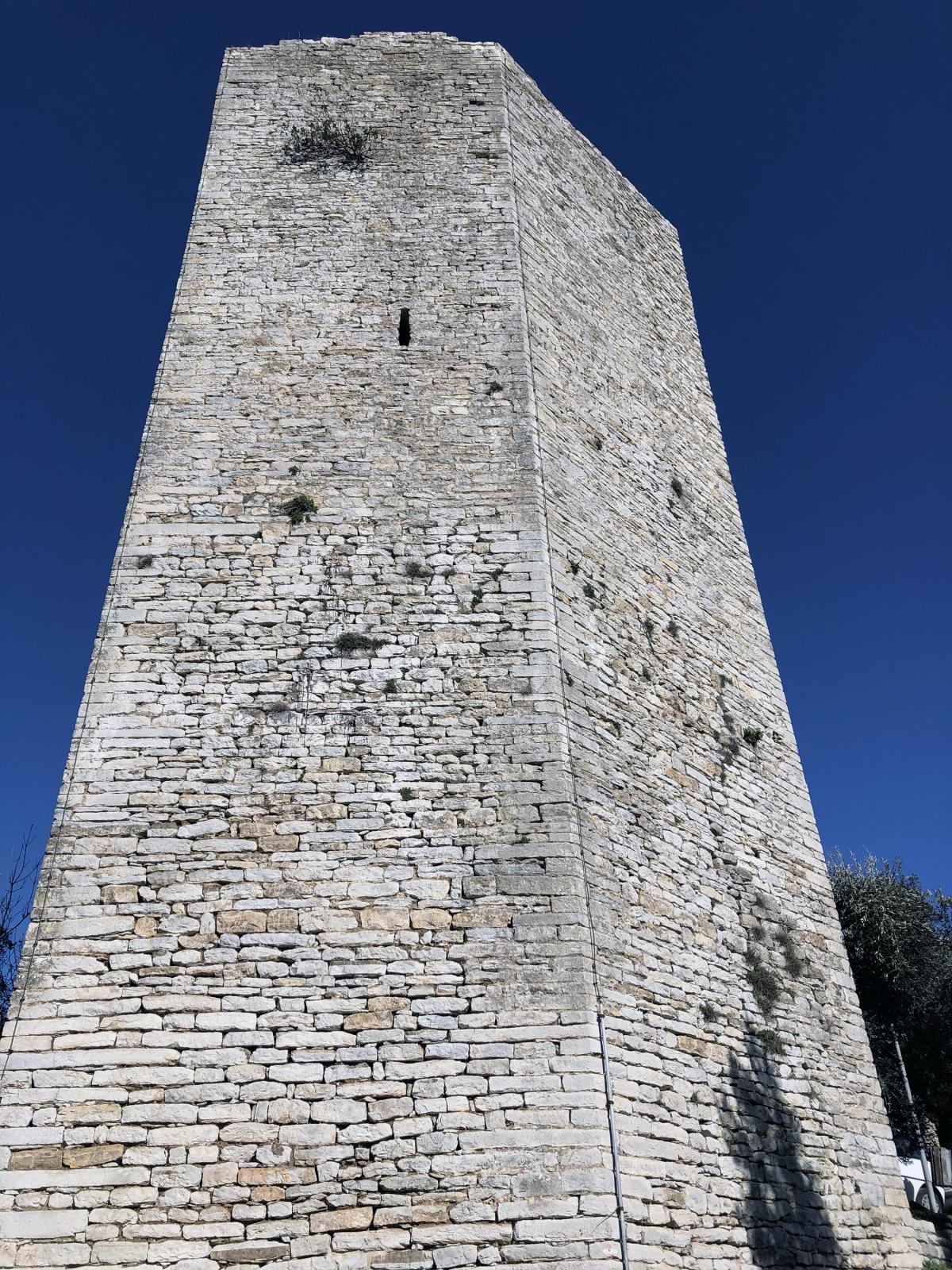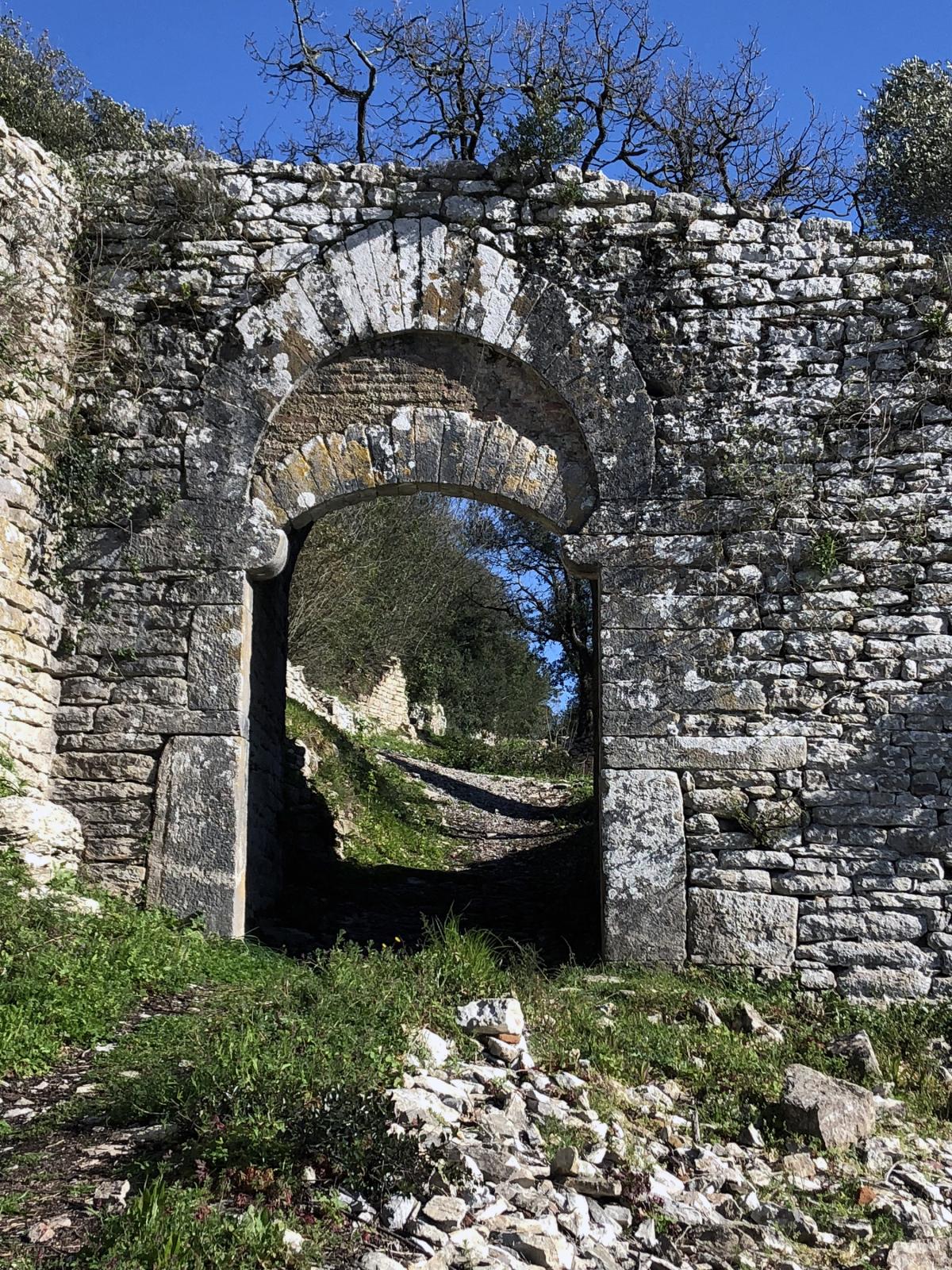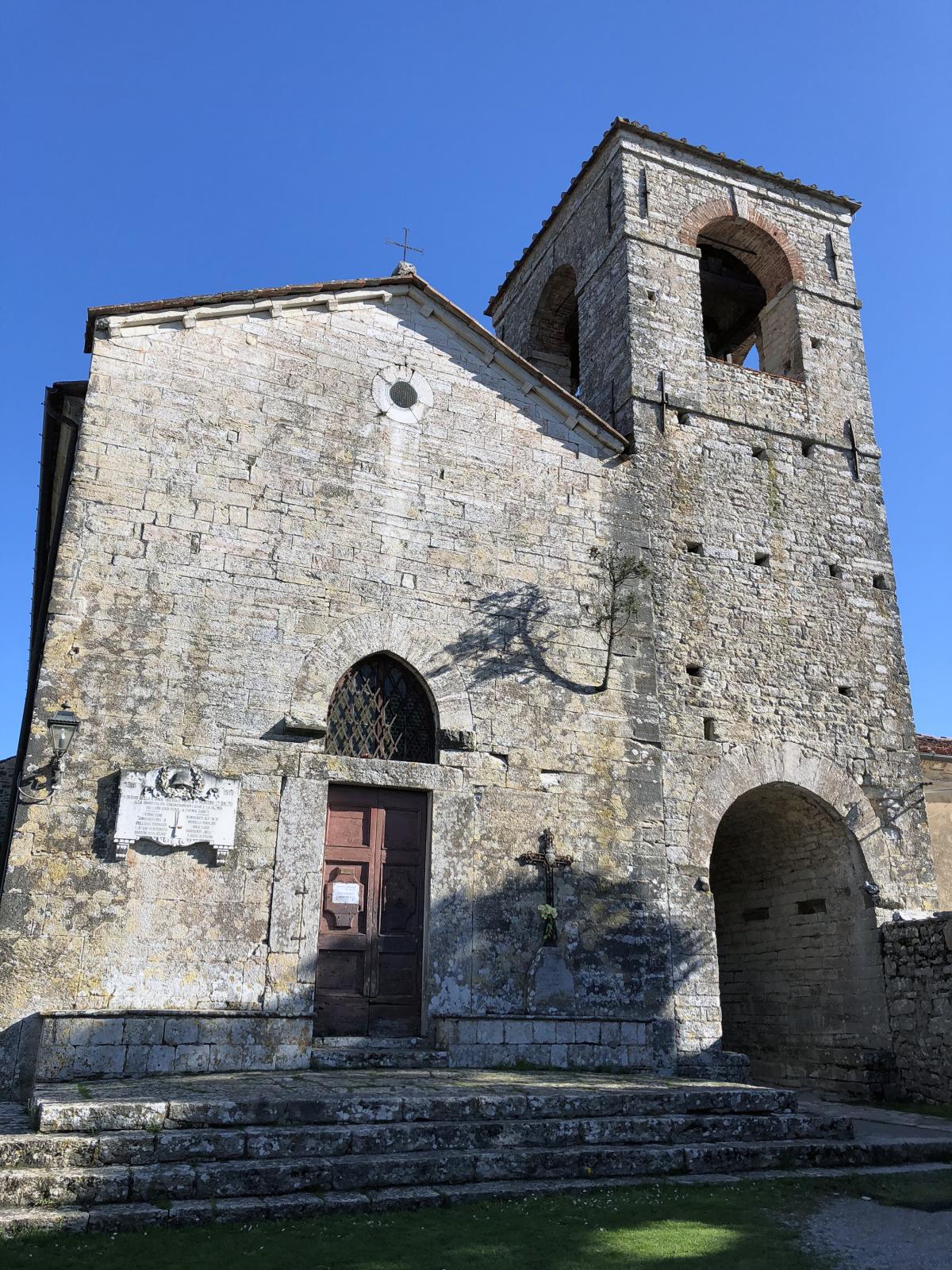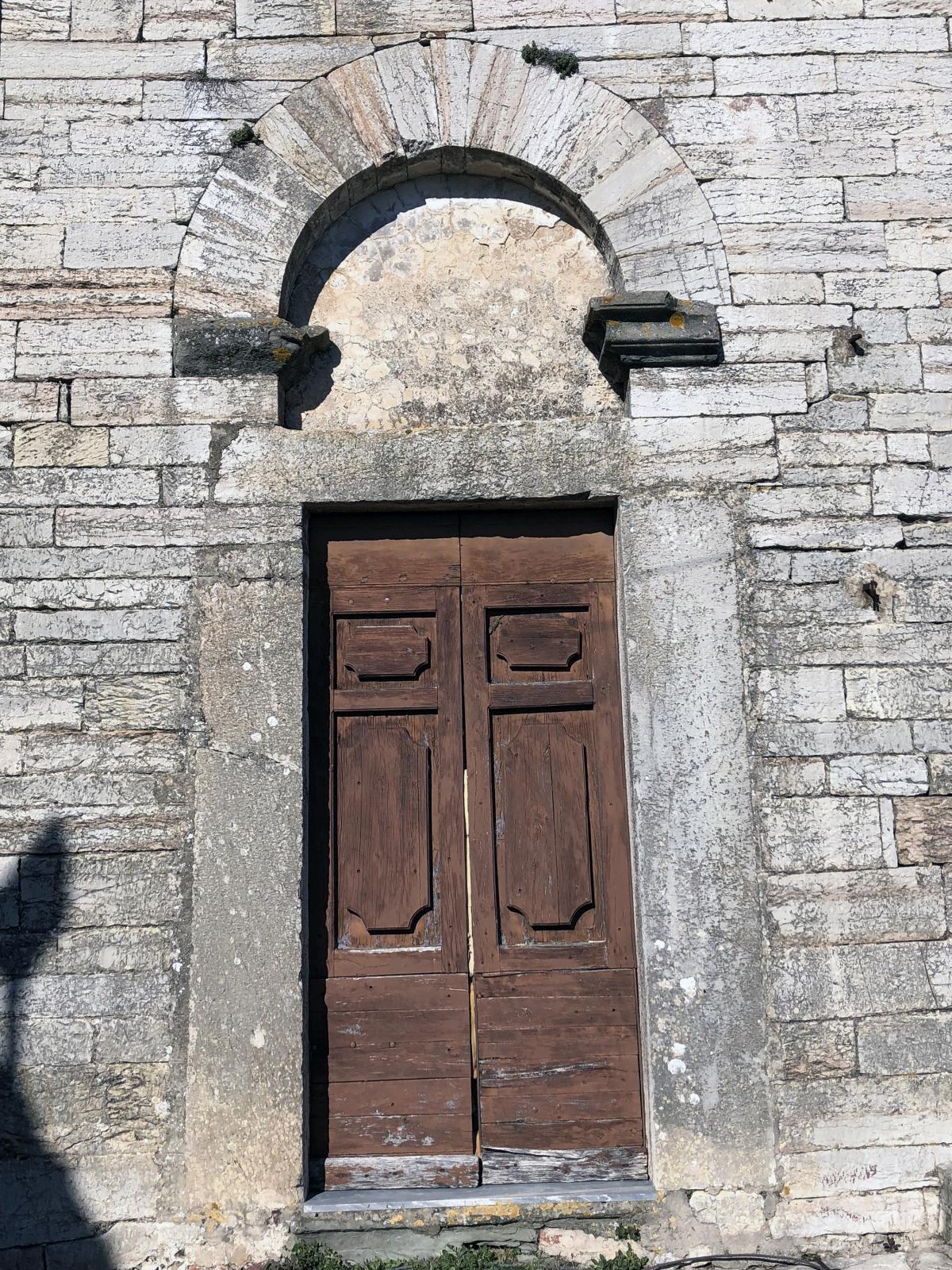















How to reach
Monsummano Alto can be reached by the highway A11 up to the exit of Montecatini, then following indications for Monsummano Terme and from here those that bring us to the summit of the relief where the rests of the castle rise.
History
The origin of the castle of Monsummano, called today 'Alto' to distinguish it from the suburb of Monsummano Terme growth at the base of the relief where it rises, is not certain, even if its elliptical form and its location make it very similar to a strengthened Longobard settlement. Crowning a hill of 340 meters high, the fortification dominates the whole Valdinievole (Nievole Valley), whose bottom remained practically uninhabited for the whole Middle Ages due to its turn into a swamp. A document of 1105 mentions the castle for the first time, without giving its name, sold by the abbot of the monastery of S.Antimo and S.Tommaso to the count Ildebrando, and some historians identify in this the first certain trace of the existence of Monsummano.
The castle seems to have then belonged to the noble families of Maona, Montecatini and Capraia. Certainly in 1128, the Bishop of Lucca acquired, always from the abbot of S.Antimo, all the territories that the Abbey possessed near Monsummano. In 1218, the castle took possession of the commune of Lucca, despite Monsummano already being constituted in a free rural council.
While Uguccione della Faggiola was Lord of Lucca, the relationships with the nearby Florence embittered, flowing in a war, and in 1314, the Florentine army occupied all the castles of the Valdinievole. But on August 29th, 1315, the Lucchese army, headed by Castruccio Castracani, inflicted a heavy defeat on Florence near Montecatini, forcing it to retire from the valley. At the death of Castruccio Castracani, Monsummanno, together with other communes of the zone, entered to belong to the 'Nievole Valley League' with the purpose of withstand Florence. In 1331 Florence regained possession of Monsummano and a Florentine Podesta was imposed to rule the town. With the exception of a rebellion in the year 1368, the whole Valdinievole stayed Florentine up to the reforms of the last century.
Of the ancient fortified settlement today, there are ample lines of its elliptic walls, wide for around two kilometers and in more points wound by the vegetation, and of two of the original gates: that one called 'Nostra Donna' and that 'Del Mercato' on the opposite side. Of the many towers that crowned the fortified enclosure, only one, recently restored, still stands, and it is considered one of the most beautiful and imposing of the area. It has a pentagonal plan and is the only access at the level of the second floor, served once by a stair in timber. The vertex of the pentagon forms the external front of the walls. The only testimony of medieval architecture inside the enclosure is the Romanic-Gothic church of S.Niccolo, although it has been object of various reconstructions. The whole rest of the area lies in state of abandonment.